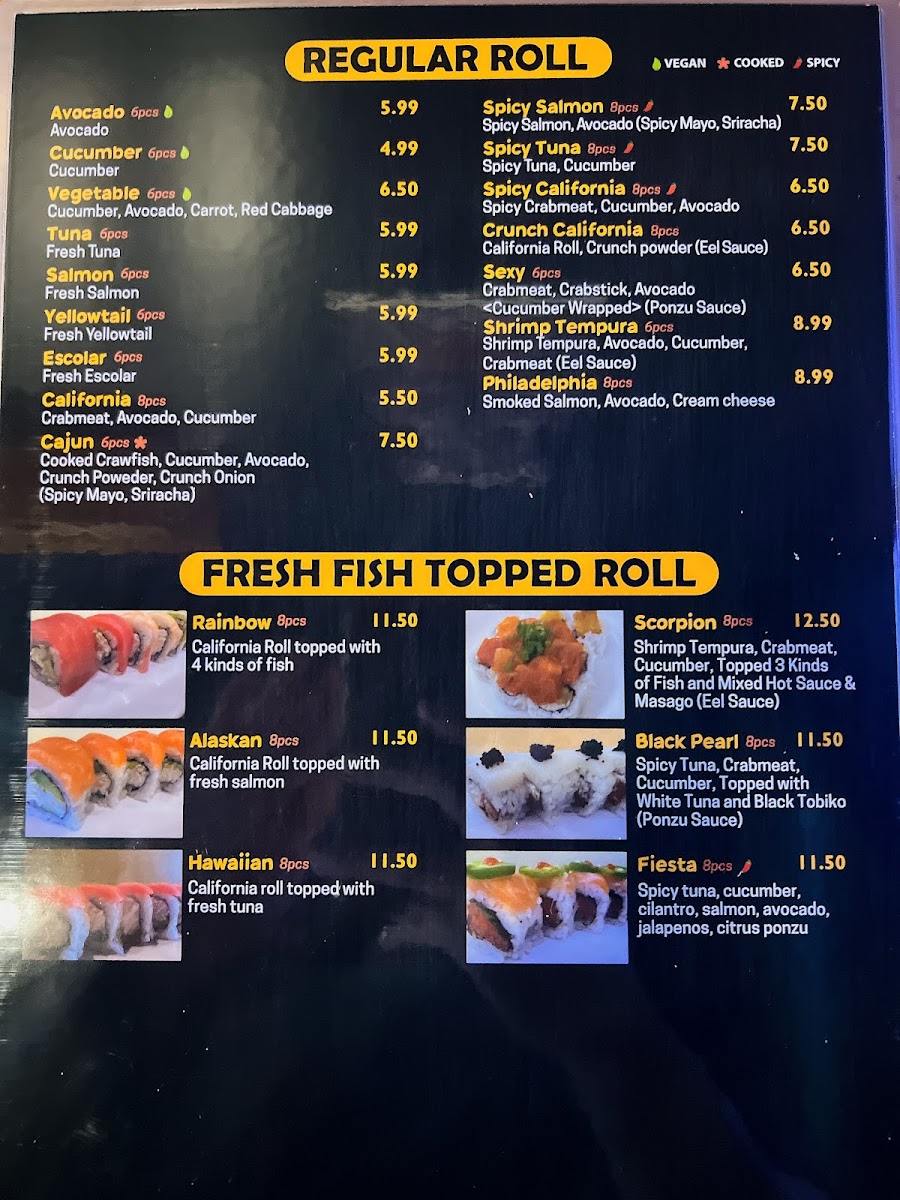
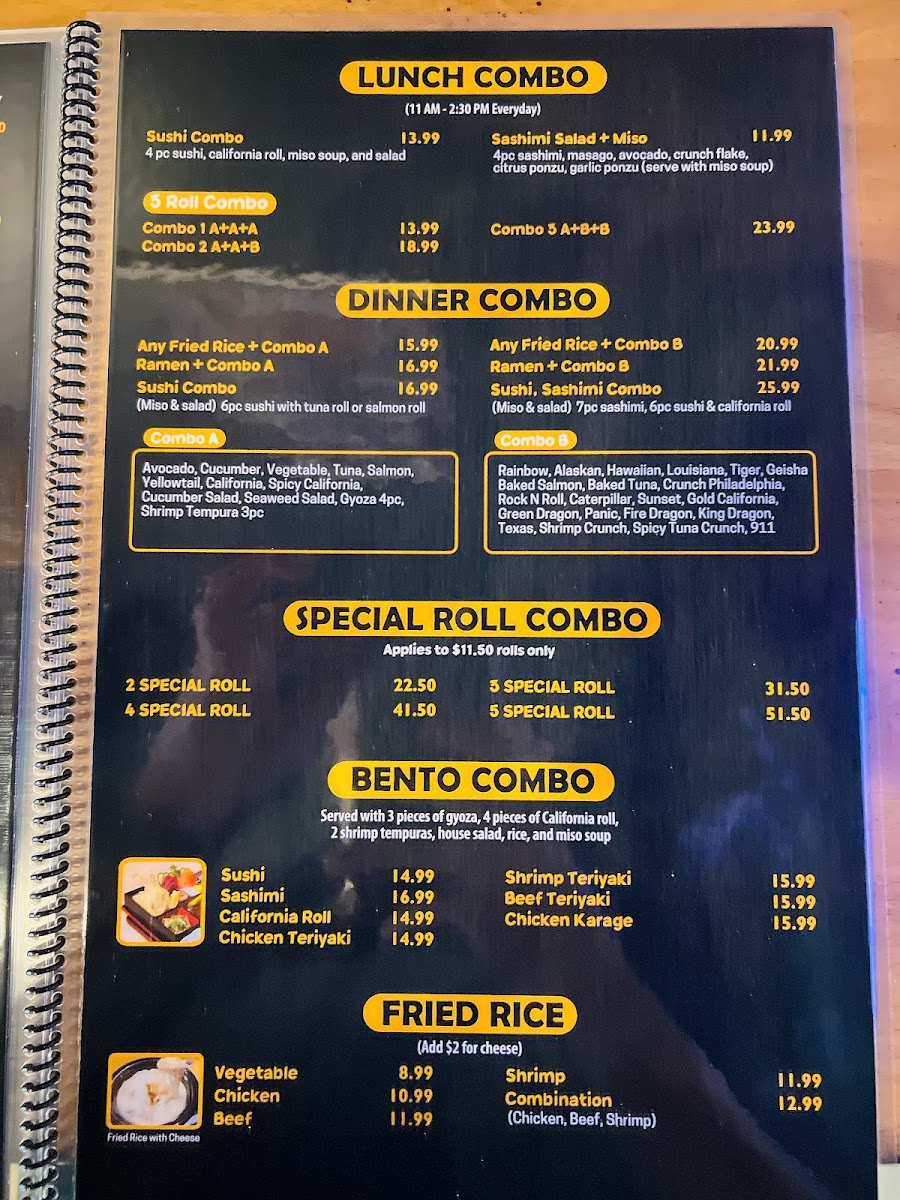
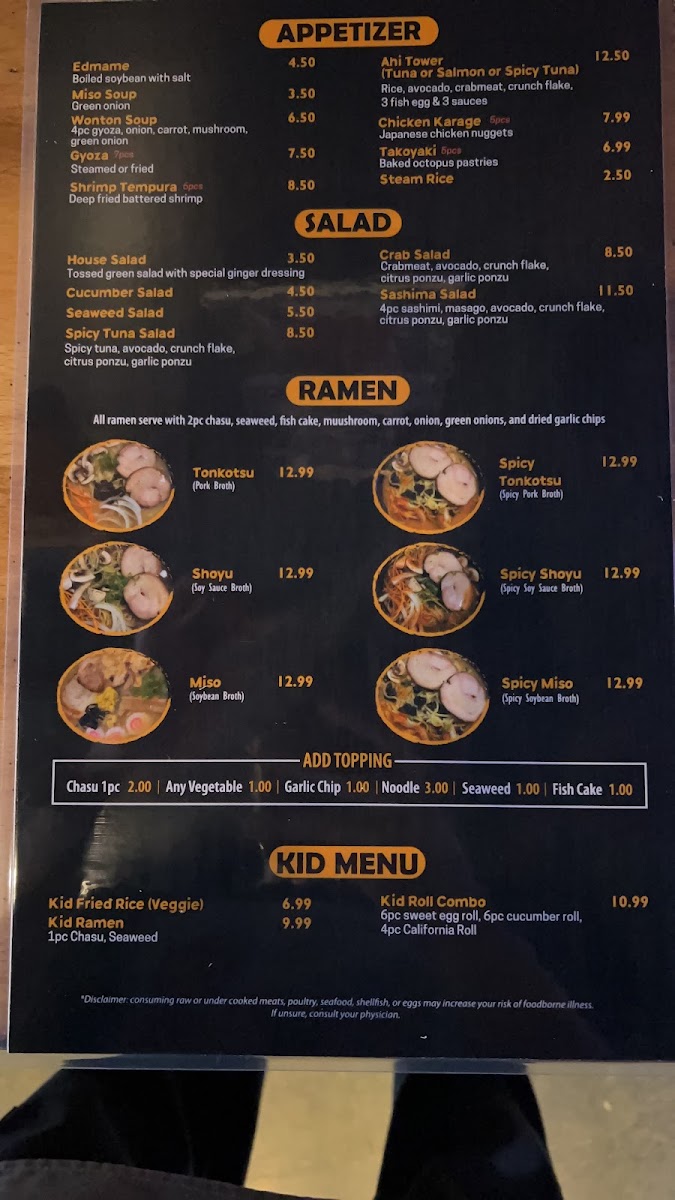

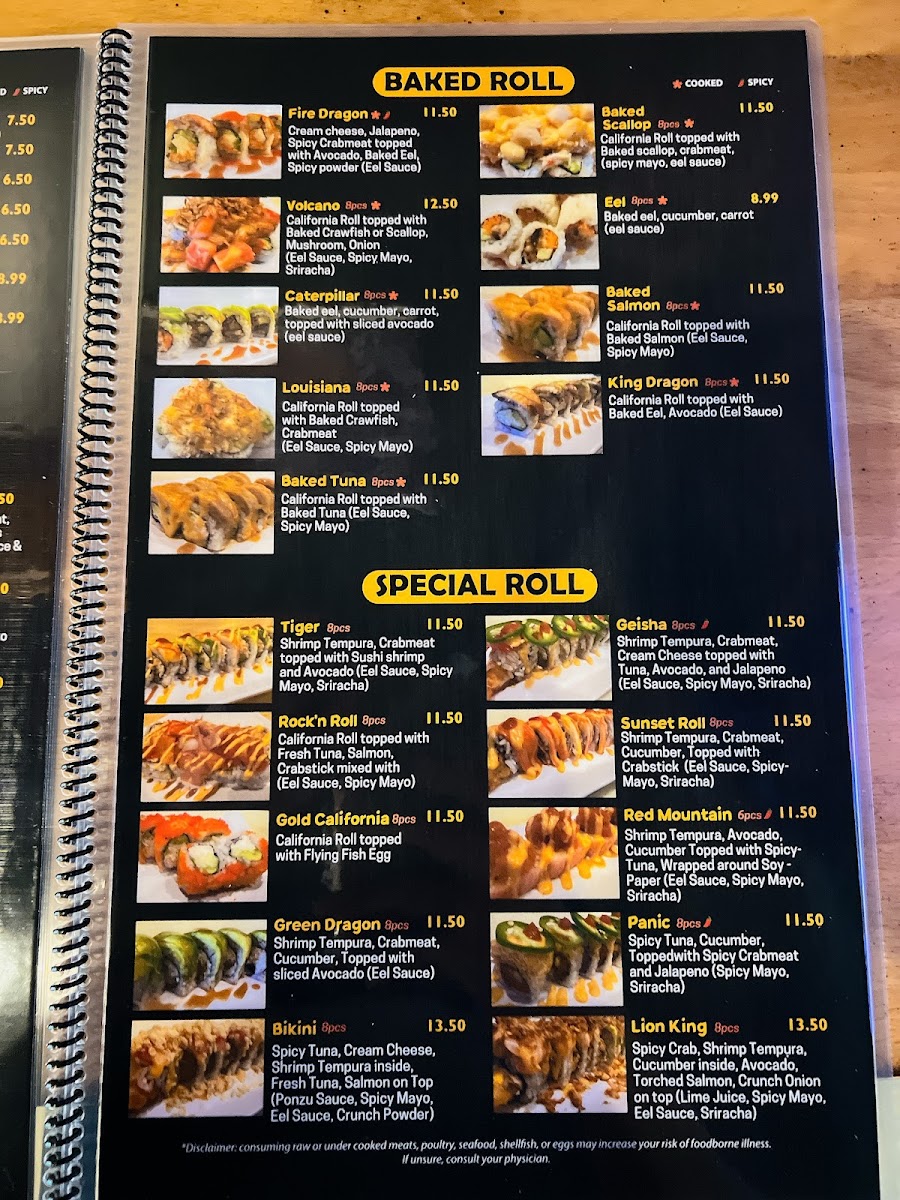
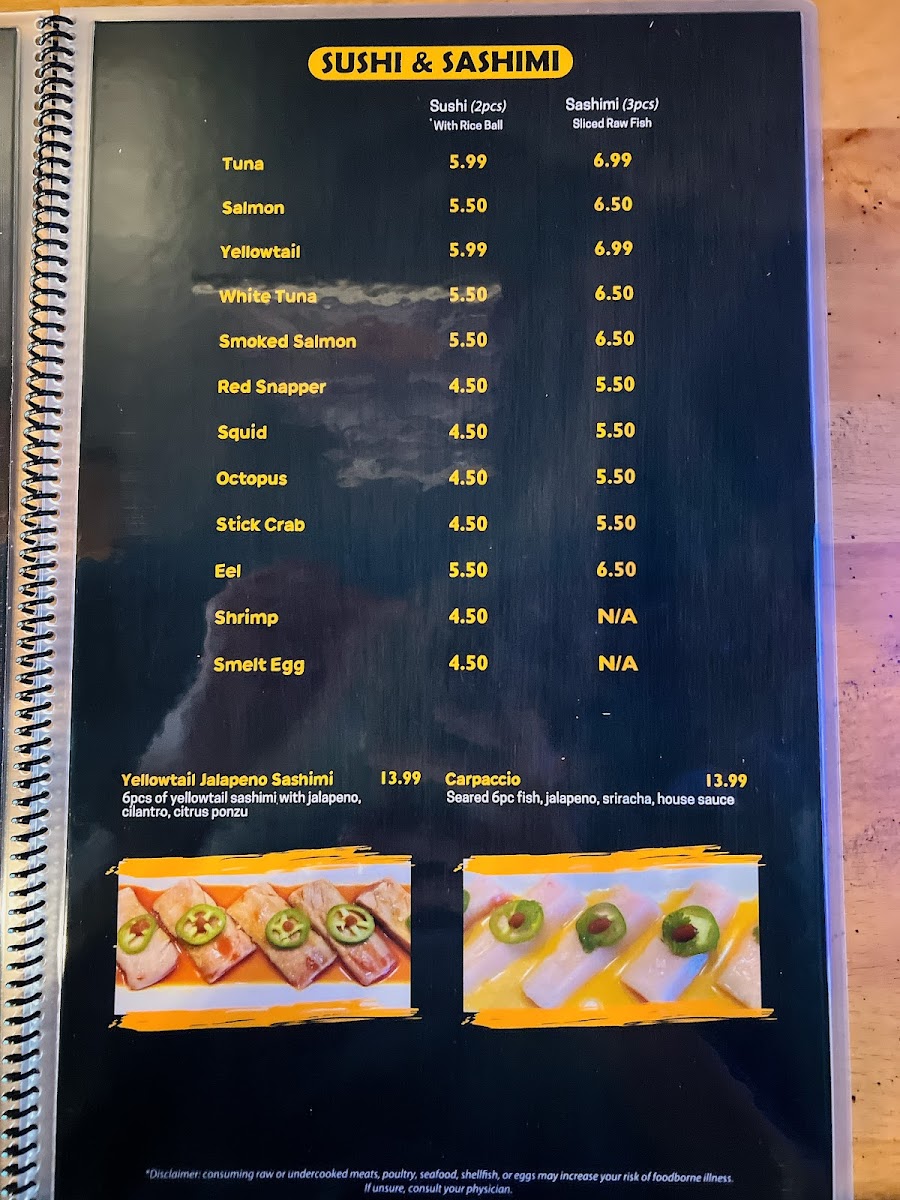


Appetizers
Salads
Regular Roll
Fresh Fish Topped Roll
Baked Roll
Special Roll
Crunch Roll
Rolls with No Rice
Deep-Fried Roll
Sushi and Sashimi
Ramen
Fried Rice
Special Roll Combo
Lunch Combo
Bento Combo
Dinner Combo
Kids Menu
Entrees - Bento Box (Archived)
Sushi Bar Specials (Archived)
Traditional Japanese Cuisine (Archived)
It looks like you're working with PHP code related to handling a thumbnail image for a user review. Here's an explanation of the code you've shared:
Code Breakdown:
-
Variable
$thumb:-
$thumbis a URL or relative path that points to the user's thumbnail image. -
It uses
$domain(which should be a base URL or domain) and$userId(likely a unique identifier for the user) to generate a dynamic file path for the thumbnail image. -
The
strtolower($userId)converts theuserIdto lowercase to ensure uniformity (e.g., for case-insensitive file storage). -
The file is located under the
/reviews/folder, with the name being the user’s ID followed by the.jpgextension.
-
-
Variable
$pathThumb:-
$pathThumbdefines the physical path to where the thumbnail image should be stored on the server. It combines the constantMEDIA_PATH(which is presumably defined elsewhere in your code) and the relative path defined in$thumb.
-
-
Check if file exists:
-
The
if(!file_exists($pathThumb))statement checks if the file already exists at the specified$pathThumb. If the file doesn't exist (i.e., the thumbnail is missing), the code inside the block will execute.
-
-
Copy file:
-
copy($thumbnail, $pathThumb)attempts to copy the file from the location stored in$thumbnail(presumably the source of the image) to the$pathThumblocation (where the image should be saved on the server).
-
Potential Improvements or Considerations:
-
Error Handling: If the copy operation fails (e.g., due to permissions issues or invalid file paths), you might want to log or handle errors.
-
Sanitization of Inputs: Ensure that
$userIdand$thumbnailare sanitized and validated to prevent any potential security vulnerabilities such as path traversal or injection attacks.Example:
Let me know if you'd like further assistance or clarification!